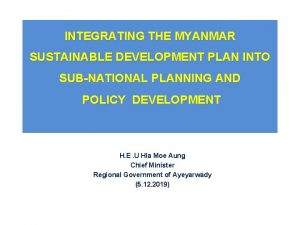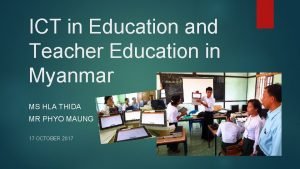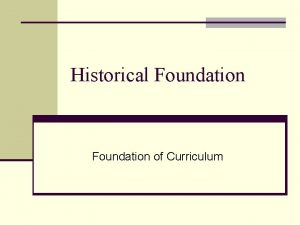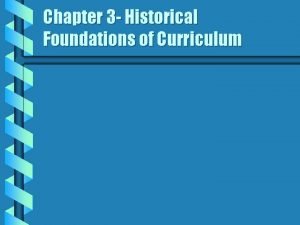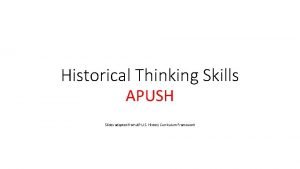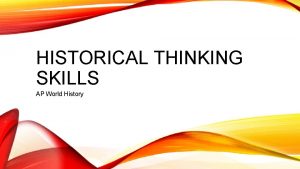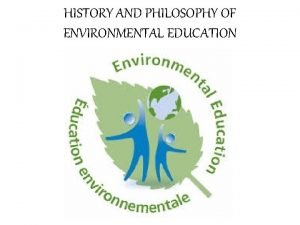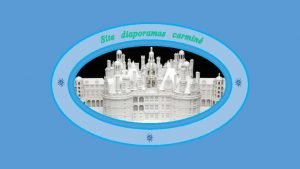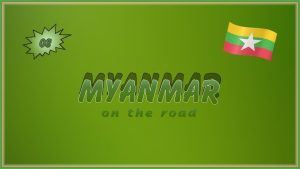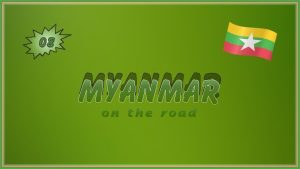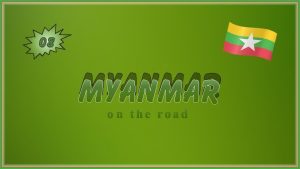HISTORY OF EDUCATION CURRICULUM IN MYANMAR Myanmar Historical







- Slides: 7

HISTORY OF EDUCATION CURRICULUM IN MYANMAR

Myanmar –Historical background � Education system started in 6 th century A. D. � Introduced Christian education in the early 19 th century. � In 1965, government established a centralized system of education. � English was reintroduced as a medium of instruction in 1982. � The monastery served as the central of education and culture, such as, the 3 R’s. � In 1876, the Government High School was upgraded and became University College, Rangoon.

Primary Education � Primary education is officially compulsory. � It lasts five years, and to continue onto secondary school.

Secondary Education � The structure for school education is 5 -4 -2 with 11 years. � The system is no failure education system. � At the end of standard 10, students take the University entrance examination. � The students who achieve distinction in five or more subjects are generally placed in one of Myanmar's medical universities, or the most selective universities.

Curriculum � Focus : to bring about a change of behavior in schools relating to life skills, morals and civics.

Subject � Lower Primary Level Course- Myanmar, English, Mathematic, General studies, Aesthetic education, Physical education, School activities. � Higher Education for all students– English, Myanmar, Mathematic. � Arts : Geography, History and Economics. � Science: Chemistry, Physics and Biology.

The Role of Teacher Reverence as the Buddha, the scriptures, the monks and parents. � Models and community leaders. � Agents of change. �
